Russian forces carried out a wave of overnight attacks across Ukraine, striking a prison complex near Zaporizhzhia and medical buildings in the Dnipropetrovsk region, among other targets. Initial official tallies varied through the day, but Ukrainian authorities said at least two dozen people were killed and many more wounded. The strikes came as Washington signaled impatience with the lack of progress toward a ceasefire, with President Trump narrowing his previously announced 50‑day window to roughly 10–12 days for measurable movement toward peace talks.
What Was Hit
Ukraine’s Justice Ministry said four guided aerial bombs struck the Bilenkivska Correctional Facility in the Zaporizhzhia region shortly before midnight. The dining hall was destroyed and administrative and quarantine buildings were damaged. Officials reported double‑digit fatalities among inmates and more than 80 injuries; dozens required hospitalization. Authorities added that the perimeter fences held and there were no escapes.
In the city of Kamianske in the Dnipropetrovsk region, local officials said a missile strike damaged a three‑story building, a maternity hospital, and a city hospital ward. Among the dead, authorities reported a 23‑year‑old pregnant woman. Elsewhere in the region, additional casualties were recorded following separate strikes. In the northeast, police in the Kharkiv region said a Russian attack on civilians gathered near an aid distribution point killed several people and wounded others. Southern regions also reported overnight shelling that left additional casualties.
Weapons and Tactics
Ukraine’s air force said the overnight barrage included two Iskander‑M ballistic missiles and dozens of Shahed‑type drones and decoys. Air defenses reported intercepting the majority of the drones, though several missiles and UAVs reached their targets. Military analysts in Kyiv have highlighted Russia’s increasing reliance on glide bombs—Soviet‑era munitions retrofitted with guidance kits—because their range allows launch aircraft to remain outside many Ukrainian air‑defense envelopes. Those bombs can carry thousands of pounds of explosives and have devastated frontline and near‑frontline urban areas.
Russia, for its part, reported shooting down multiple Ukrainian drones over several regions, including Rostov and Bryansk. Local officials in the Rostov region said debris and fires disrupted rail traffic at the Salsk station, and one person in a car was killed. Moscow framed Ukraine’s long‑range drone campaign as a factor in tightening internal security and justifying continued strikes on what it calls military or dual‑use targets.
Reactions From Kyiv and Moscow
President Volodymyr Zelenskyy condemned the strikes as deliberate attacks on civilians and reiterated calls for stricter international measures aimed at limiting Russia’s war‑fighting capacity. Ukrainian officials said hitting a prison and medical facilities violates protections under international humanitarian law; Kyiv urged international monitors to inspect the sites and document damage patterns consistent with air‑dropped munitions.
The Kremlin denied targeting civilians and said its “special military operation” would continue with the stated goals of degrading Ukraine’s military infrastructure. The Russian Defense Ministry listed air bases, ammunition depots, and drone‑production components among overnight targets. Russian officials also repeated claims of incremental territorial advances along the eastern front, assertions that were not immediately verified by independent observers.
International Context and the Compressed Timeline
The attacks coincided with a sharper message from Washington. During meetings in Scotland, President Trump said he would shorten his July deadline, now giving Moscow about 10–12 days from that point to demonstrate tangible steps toward a ceasefire. He has floated additional sanctions and potential secondary tariffs that could affect countries purchasing Russian commodities if there is no progress. He also voiced frustration that assurances given during previous conversations were followed by renewed strikes. Kyiv publicly welcomed the tighter timeline, arguing that a firmer sanctions posture could narrow Moscow’s options and reduce the pace of attacks on civilian areas.
Russia’s response was guarded but critical. A senior Russian official warned that “ultimatums” risked escalating tensions with the United States rather than speeding a settlement. The Kremlin said it had taken note of the new U.S. position while continuing operations. European capitals, already weighing the economic implications of broader measures, monitored the signals for details on scope and timing.
The shortened window puts an informal marker in early August—around August 7th to August 9th—for evaluating whether the situation on the ground has shifted. Any U.S. move to implement expanded measures would need coordination with allies given the global reach of secondary sanctions and the knock‑on effects for energy markets, financing channels, and logistics. Kyiv has argued that faster, deeper economic penalties could constrain Russia’s ability to procure components for missiles and drones and complicate its capacity to sustain a high operational tempo.
Outlook
On the battlefield, Russia’s use of standoff munitions and glide bombs suggests it will continue to focus on targets just beyond Ukraine’s most robust air defenses, creating a dilemma for Kyiv’s planners: keep scarce air‑defense batteries protecting major cities, or push more systems closer to the front to deter aircraft launching glide bombs. Ukraine’s domestic drone program has expanded as a cost‑effective way to impose reciprocal pressure, hitting oil depots, industrial plants, and transport nodes inside Russia. That tit‑for‑tat pattern increases the risk of collateral damage and disruption on both sides of the border.
Politically, the compressed U.S. timetable raises the stakes for the next two weeks. If there is no ceasefire framework or verifiable de‑escalation by around August 8th, Washington has signaled it is prepared to act. Whether that threat alone alters Russia’s calculations remains uncertain. Moscow has weathered multiple rounds of sanctions, albeit at economic cost, and appears confident that sustained pressure can yield incremental gains along the front.
For civilians, the immediate concern is the frequency and composition of strikes. The mix of ballistic missiles, cruise missiles, and drones—combined with heavy glide‑bomb attacks against fixed sites—continues to produce mass‑casualty events, particularly when medical facilities, detention centers, or aid distribution points are hit. Local authorities across multiple regions have asked residents to observe air‑raid guidance, avoid large queues during alerts, and report unexploded ordnance.
Absent a rapid diplomatic opening, the pattern seen overnight—simultaneous strikes across several regions, followed by counter‑drone activity on Russian territory—appears likely to repeat. The next indicator to watch is whether Russia reduces large‑scale salvos as the U.S. deadline approaches, or instead maintains pressure to bolster leverage ahead of any talks. For now, Ukraine is counting its dead and wounded, reinforcing damaged infrastructure, and waiting to see whether the newly shortened window prompts a pause—or another night of attacks.



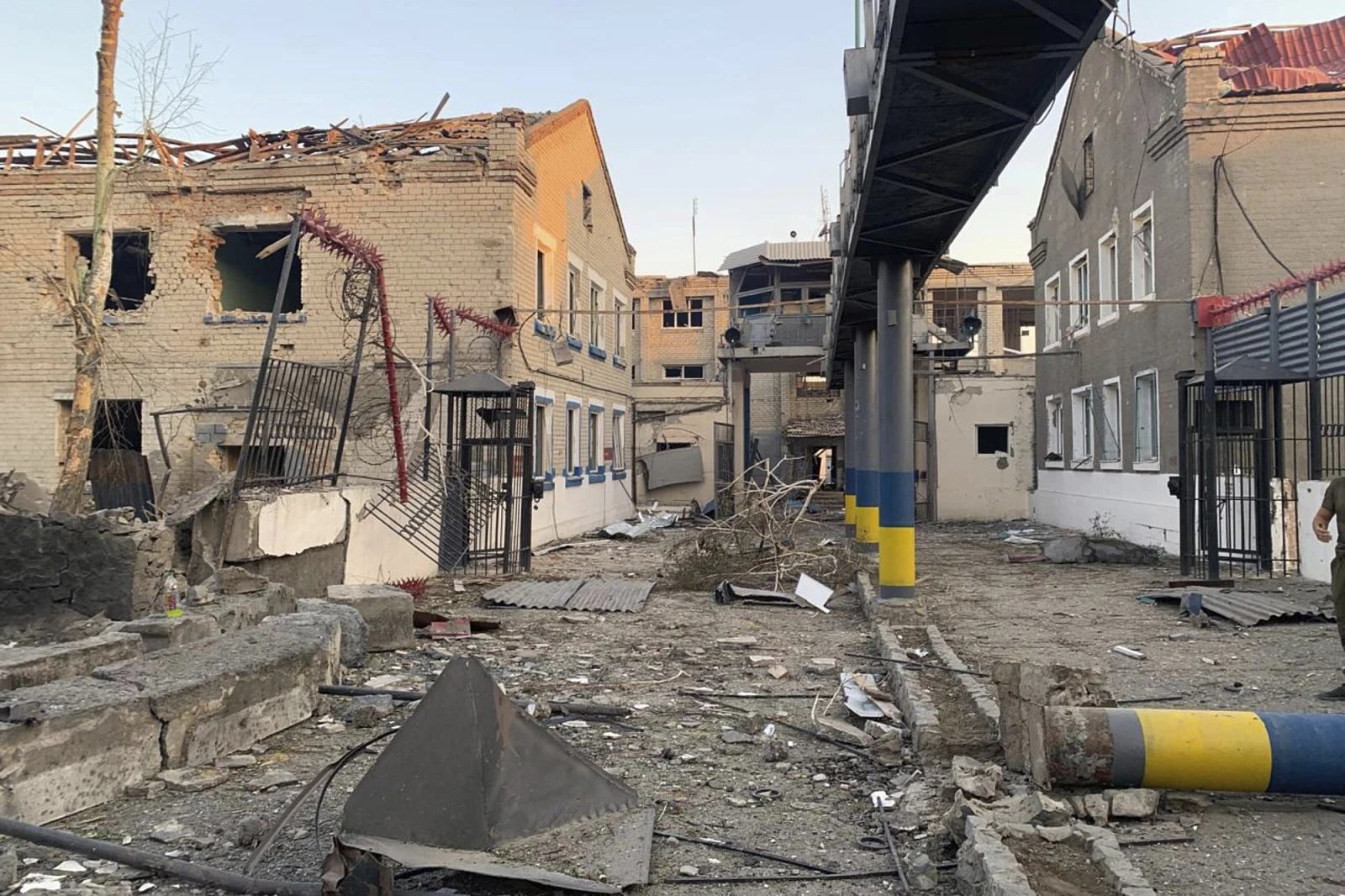
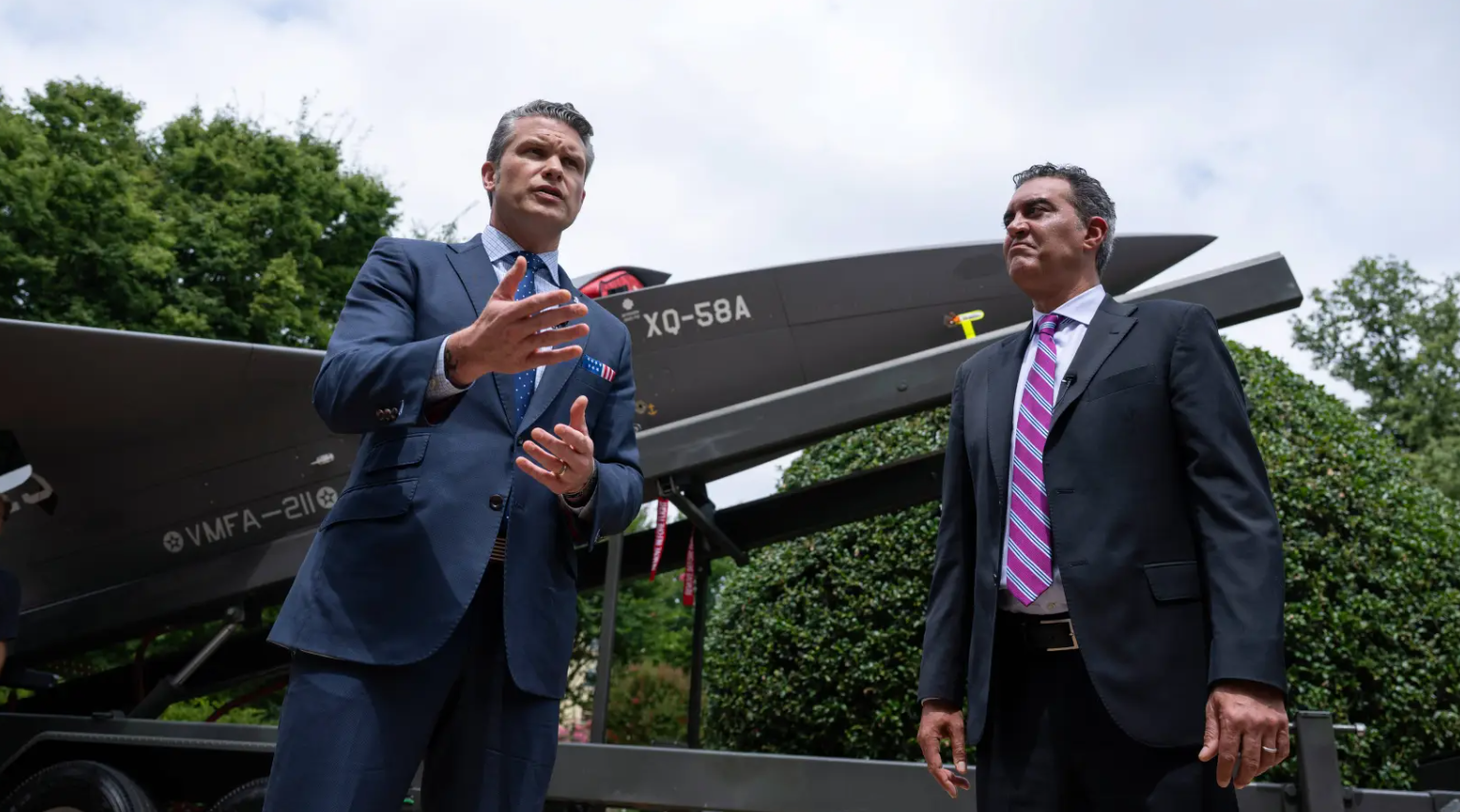


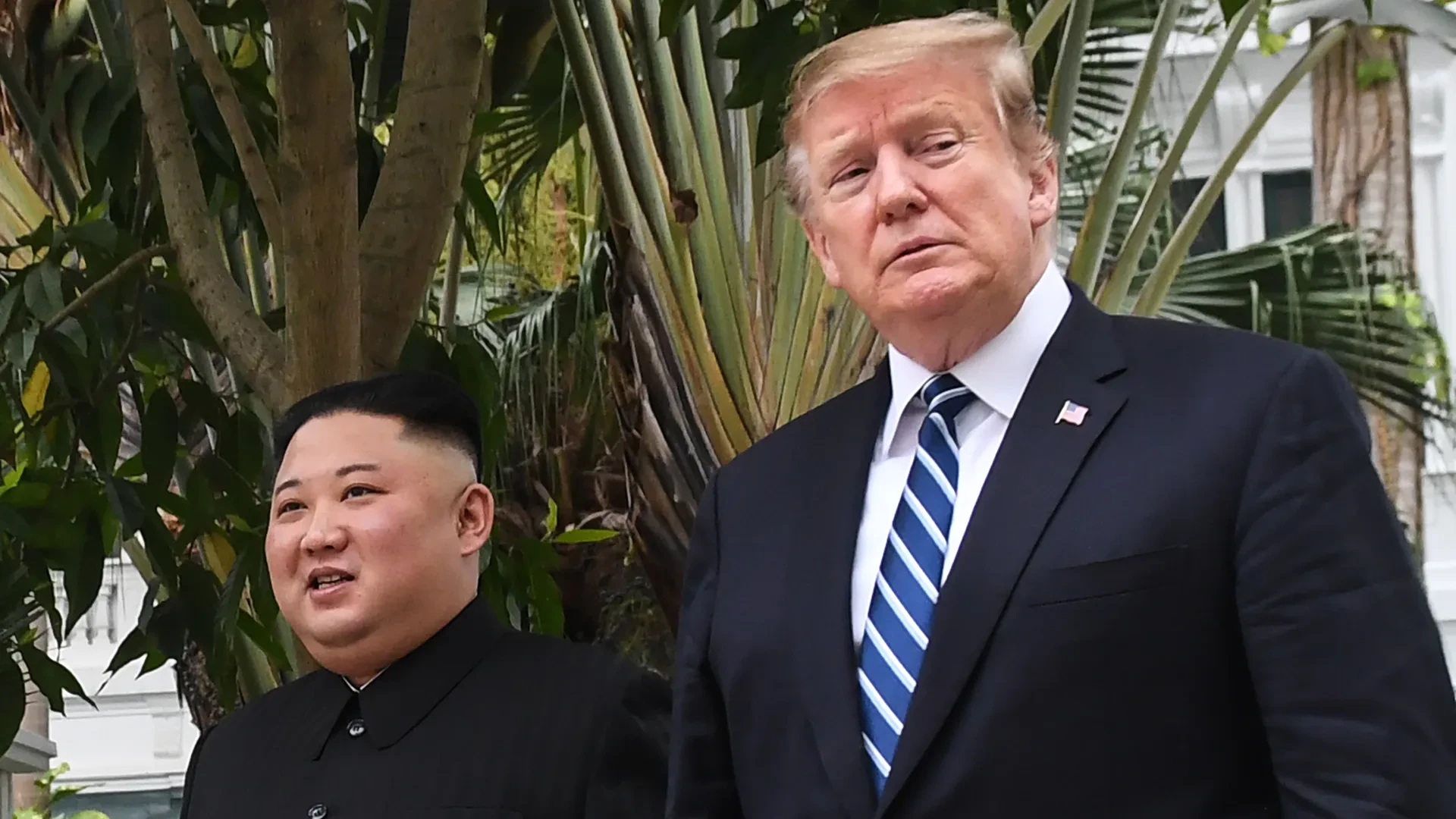
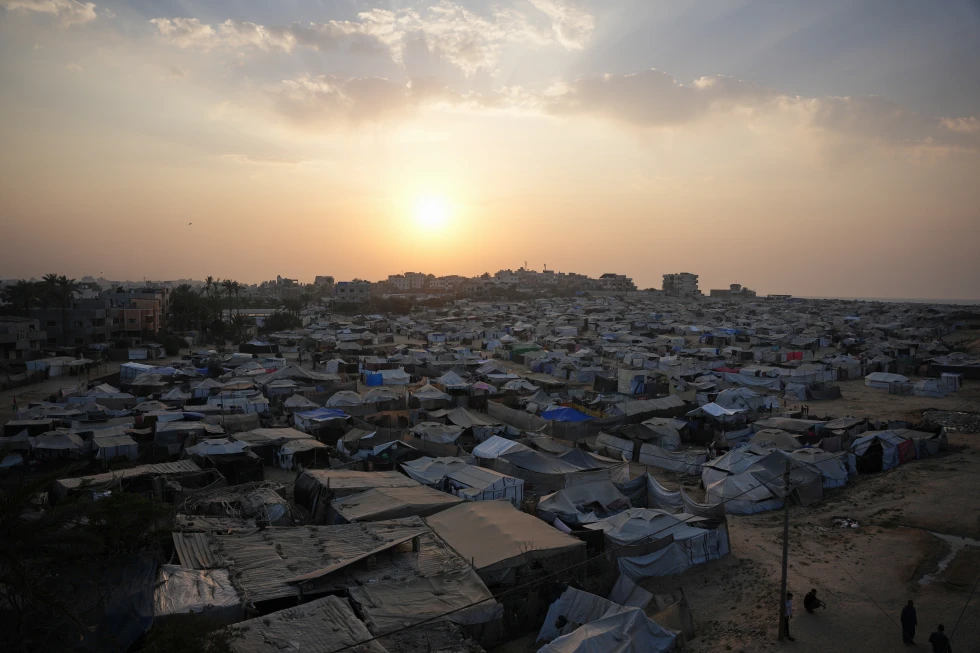

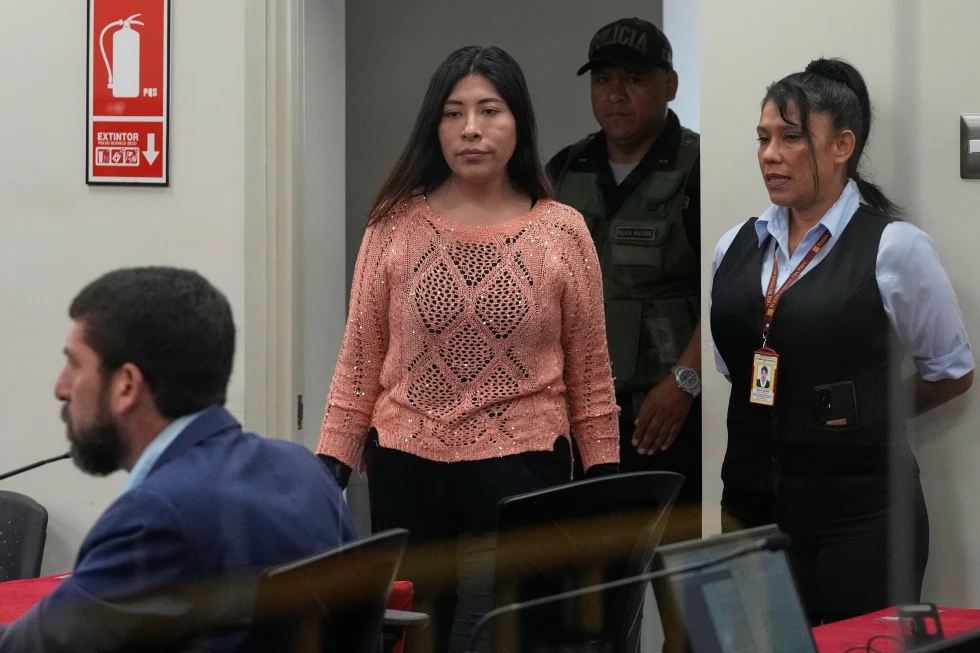
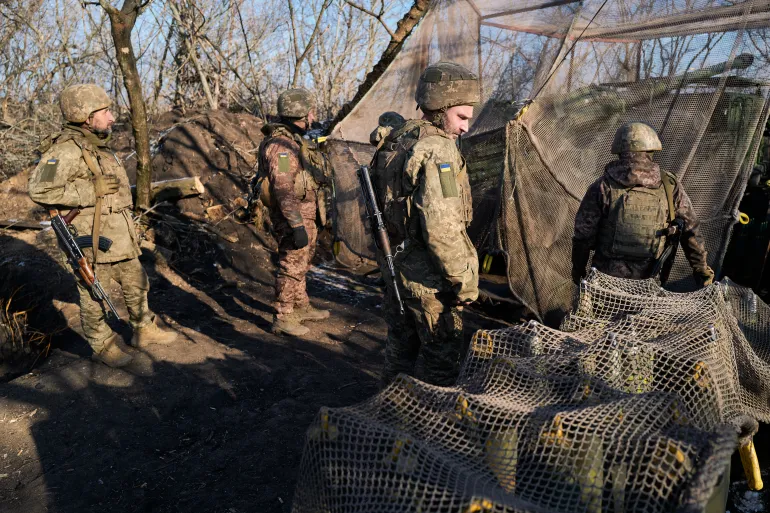

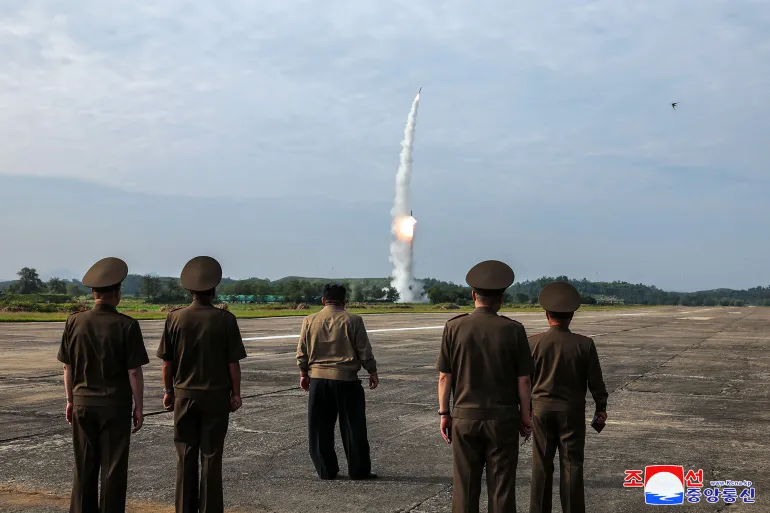

Discussion